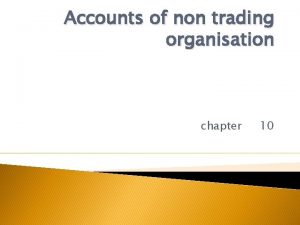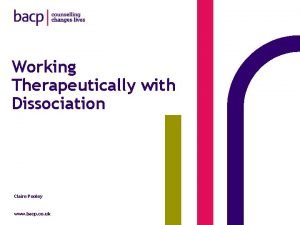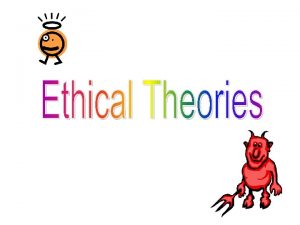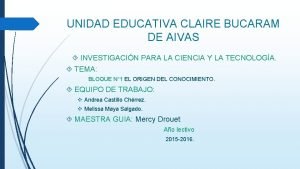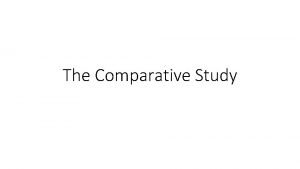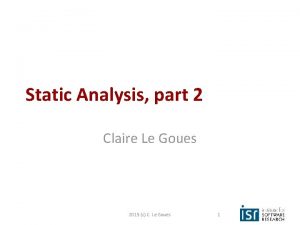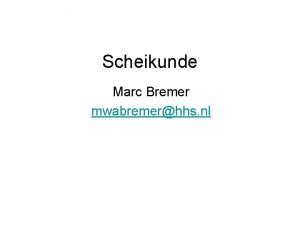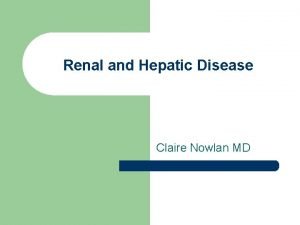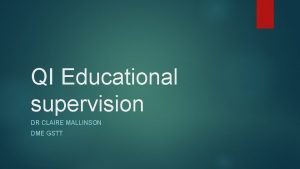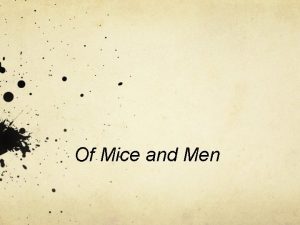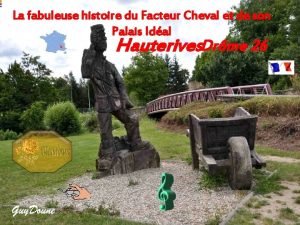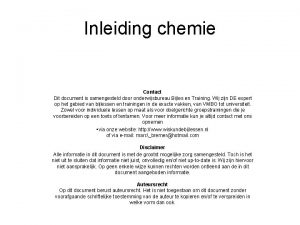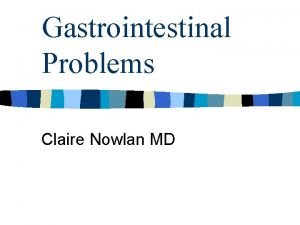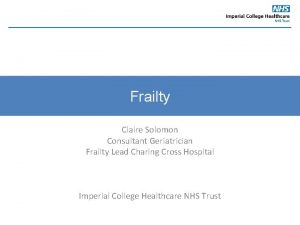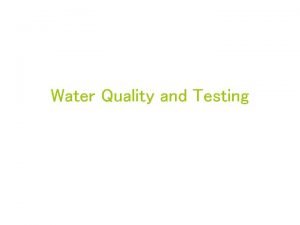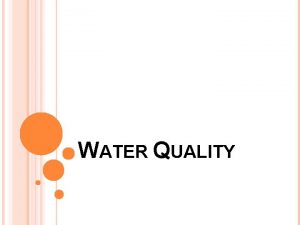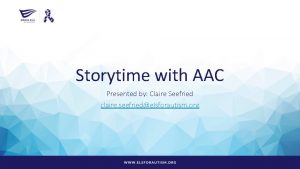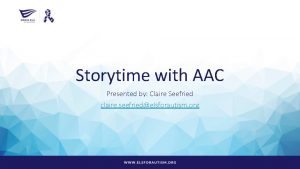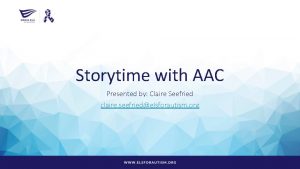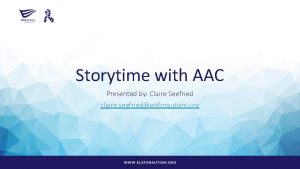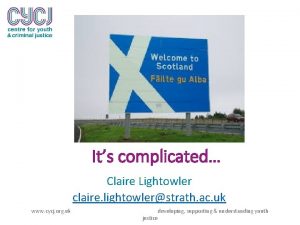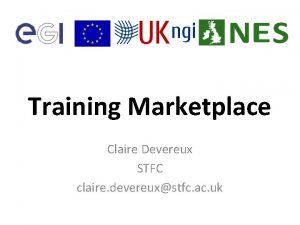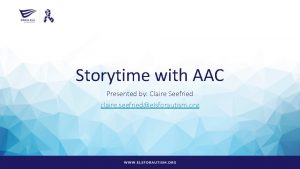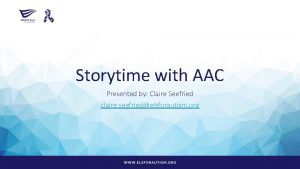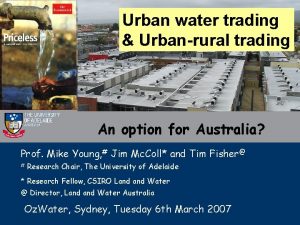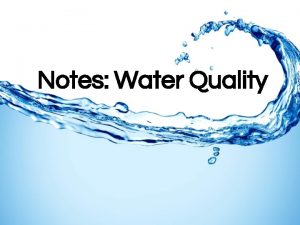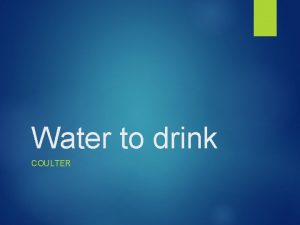Water Quality Trading Claire Schary Water Quality Trading




















- Slides: 20

Water Quality Trading Claire Schary Water Quality Trading Coordinator U. S. Environmental Protection Agency Region 10 – Seattle schary. claire@epa. gov (206) 553 -8514 August 23, 2010 Spokane, WA

Topics Ø What is water quality trading Ø How does it work Ø EPA’s Water Quality Trading Policy Ø National and Idaho examples

What is Water Quality Trading? Ø Voluntary exchange of pollutant reduction credits Ø Sources with higher pollutant control costs may purchase pollutant credits from sources with lower control costs Ø Credits are created by reducing below level required by regulations

Water Quality Trading Is…. l l l Integrated and consistent with Clean Water Act regulations An approach to meeting CWA goals, not an alternative to them Firmly based on a watershed analysis that must accurately establish the capacity of the water body to absorb and transport a pollutant and achieve water quality targets (usually a TMDL)

How Trading Works A ‘cap’ or limit (TMDL) is placed on the total amount of pollutant that can be released from all sources Point Sources receive an allocation under the cap - Waste Load Allocation - that is converted to a permit limit Nonpoint sources receive a Load Allocation Sources can meet their allocation by: Ø Ø l l Making all necessary reductions on-site OR Buying additional allocations - credits - from other sources that have reduced pollutants below their own allocation

What is Being Traded? Ø Credits: l A unit of pollutant reduction usually measured in pounds per unit of time equivalent l Generated by a point source overcontrolling its discharge, going beyond reductions required by its permit limit l Generated by a nonpoint source from the installation of best management practices beyond those needed to meet the Load Allocation

Trading Ratios Ø Amount used by point source buyer must be adjusted by trading ratio(s) Ratios equate environmental impact of pollutant discharged in its new location with where it was reduced, any changes in pollutant form, and uncertainty l Can also use ratios to add environmental benefit l

Non-Point Source Credits l l Nonpoint source credits are generated by reductions beyond what is needed to meet Load Allocation Measured or calculated from the same baseline used in TMDL and consistent with the assumptions used to develop the Load Allocation = the pollutant load associated with existing land uses and management practices that comply with current state, local or tribal regulations.

EPA Water Quality Trading Policy Ø Geographic scope – within a watershed l Ø Pollutant suitability l l l Ø Nutrient trading encouraged Persistent bioaccumulative toxics trading discouraged Other pollutants – may be OK No trading to meet technology-based limits l Ø Size determined by ability to establish equivalence of water quality impacts may use credits to meet more stringent water quality-based limits (such as indicated by TMDL) Trading may not adversely affect water quality at an intake for drinking water supply

EPA Water Quality Trading Policy Ø Surplus credits created when discharge reduced below water quality-based limits l For nonpoint sources, below TMDL load allocation Ø Trading must not result in exceedence of water quality standard (no “hot spots”) or cap established by TMDL Ø Flexible NPDES permit approaches to implement l Watershed permits with group caps, variable permit limits that allow trades without permit revision

Elements of Credible Water Quality Trading Program Ø Legal authority: l Ø Units of trade: l Ø A common unit of trade should be clearly defined. Timing of credits: l Ø Conforms with Clean Water Act & must be authorized by State policies and regulations. Credits should be generated and used within the same time period, to comply with permit limits and prevent localized exceedence of water quality standards. Managing uncertainty: l Need to include methods of managing uncertainty such as using trading ratios, monitoring, modeling, and BMP efficacy estimates.

Elements of Credible Water Quality Trading Program Ø Compliance and Enforcement: l Ø Public notice: l Ø Need to have mechanisms for compliance and enforcement – e. g. , record-keeping, certifications, inspections, and reporting. Provide adequate public notice and trade transparency e. g. , the TMDL and permit process and a public website. Program evaluation: l Regularly assess results to modify and improve the program.

Water Quality Trading Examples Ø Tar-Pamlico, NC l l Ø Rahr Malting, MN l Ø Permit allows for discharge in exchange for specified up-stream nonpoint source reductions. Cherry Creek, CO l Ø Group limit for Basin Association members Payment to NC Dept. Of Agriculture for nonpoint source reductions. Local water quality authority administers nonpoint source reduction projects and sells credits to point sources to comply with discharge limit. Miami River, OH l Point sources provide funding for BMPs through “reverse auction” - farmers bid on how much reductions they provide for set price. Credit amounts revised based on monitoring results.

Lower Boise River WQT Framework Ø Point Sources: l l l Waste Load Allocation = initial permit limit for phosphorus of # lbs/day. Can buy or sell P pounds to match increase or decrease in amount of discharge Trades automatically adjust permit limit, compared to actual discharge amount at end of month • No need to calculate what is “surplus” to sell credits from point sources

Lower Boise River WQT Framework Nonpoint Source Credits Ø Since nonpoint sources do not have a permit, their credits must be based on trading requirements: l l l Nonpoint source trades limited to practices on BMP List (but new BMPs can be added to the list) Nonpoint source baseline = TMDL baseline conditions Water Quality “Contribution” required from each NPS credit to represent share of Load Allocation reductions • Nonpoint source credits only created by reductions exceeding TMDL Implementation Plan

Trading System Design Ø Dynamic, market-based trading l Ø Liability remains with permit holder l l l Ø PS, NPS sign private trade contracts No third party certification of credit validity EPA & Idaho DEQ inspect BMPs, enforce against permit holder Environment protected l l Ø Broad authorization to trade subject to trading rules BMP List specifies acceptable practices, measurement Location-based trade ratios applied to achieve environmentally equivalent reductions: “Parma Pounds” Robust participation by agriculture l l Trading driven by economic decisions Idaho DEQ oversees trading system

Explanation of “Parma Pounds” hypothetical example: Ø River location ratios Example: l l 0. 7 at Mason Cr. & Boise River 0. 5 for City of Boise Ø Drainage delivery ratios Ø Site location factors Example: 0. 9 on Mason Cr. Example: 0. 7 for field draining to Mason Cr. Example: SELLER Farmer Jones 100 pounds “local pounds” x 0. 7 x 0. 9 x. 7 = 44 “Parma Pounds” to sell Example: BUYER City of Boise 44 “Parma Pounds” ÷ 0. 5 = 88 local pounds to use

Watershed and Pollutant Factors for Trading Success Ø Water quality problem is characterized and desired target identified, with appropriate pollutant type l Ø Cap based on water quality standards, TMDL Multiple PS face more stringent NPDES permit limits, l i. e. , water quality based effluent limits Ø Necessary pollutant load reductions can be achieved with some sources over-controlling and others under -controlling Ø Significant differences in pollutant control costs among PS or between PS and NPS

Watershed and Pollutant Factors for Trading Success Ø Timing of pollutant reductions can be aligned for generation/use of credits l e. g. , seasonal, annual Ø Stakeholders willing to embrace and invest in nontraditional approach Ø Sufficient modeling, data to assess relative water quality impact of trades

Conclusion Water Quality Trading is not for sissies! http: //water. epa. gov/type/watersheds/trading. cfm
 Water and water and water water
Water and water and water water Trading and non trading organisation
Trading and non trading organisation Claire pooley
Claire pooley Claire andre and manuel velasquez
Claire andre and manuel velasquez Unc
Unc Dr claire beimesch
Dr claire beimesch Unidad educativa claire bucaram de aivas
Unidad educativa claire bucaram de aivas Foster claire keegan characters
Foster claire keegan characters Mz nz
Mz nz Marc bremer
Marc bremer Claire nowlan
Claire nowlan Claire mallinson
Claire mallinson Claire luce curley's wife
Claire luce curley's wife Dr claire kelly
Dr claire kelly Catherine gordon byron
Catherine gordon byron Marie-philomène richaud
Marie-philomène richaud Claire tougui
Claire tougui Claire fietst naar haar oma in breda
Claire fietst naar haar oma in breda Claire nowlan
Claire nowlan Claire solomon
Claire solomon Claire scodellaro
Claire scodellaro

